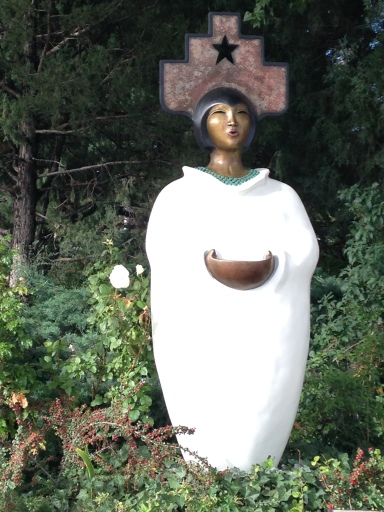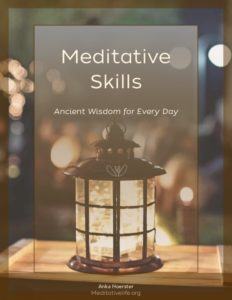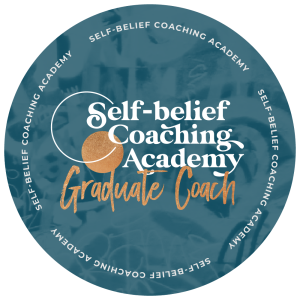Holding a newborn in our arms, we might recognize the innate goodness of this little being. And yet the baby cries a lot.
For me the experience of holding a newborn is enchanting. Suddenly my habitual stream of thoughts are gone and I’m floating in a spacious appreciation of that precious being in my arms.
Loving kindness affects the brain
The acts of giving and receiving love bring feelings of warmth and spaciousness. This inner openness is at once highly sensitive to our own and other’s needs, and also can bring a sense of vulnerability. However, experiencing a loving connection makes us feel more alive. Brain research has discovered that certain areas of the brain show intensified activity in people who demonstrate loving qualities. Also, the brain regions that balance emotional reactivity are more active.
Neuroscience has discovered that these same brain areas are intensified in monks who meditate on loving kindness and compassion. Many of these monks have practiced for long periods alone. This points to the fact that we can develop these qualities by mentally focusing on them. Similar to the use of visualization techniques by athletes, we can use our minds alone to practice activities we’d like to bring into our daily lives. We can use specific meditations that will engender an inner atmosphere from which loving actions will arise naturally. As this atmosphere becomes more open and loving, a certain orientation develops towards benefiting ourselves and others, no matter what.
The influence of our inner orientation
What can we say now about this inner orientation? In general, we notice that we feel differently after a challenging conversation than after a relaxing one. A difficult conversation might typically provoke feelings of irritation or empathy, depending on our inner orientation in that moment. How we feel depends on how we are oriented inside. This is the interesting point—here is where we can influence our experience. The inner orientation determines whether our heart is touched and what tendencies we develop for future reactions.
Using the power of positive emotions
Putting these elements together: we can directly influence our capacity for feelings like love and compassion. We can train these qualities just as the monks in the research had done. What we repeatedly practice determines what tendencies we create. We know the power of our habits, especially when we try to change them.
How can we use this knowledge?
Acting out of upset causes us to strengthen those pathways in our nervous system and habits. Acting out of a calm and considerate base will train other pathways. Using these circuits in our brain literally develops them, like creating a path through a field. Every time we go down the path we make it more visible and broader. This is personal evolution and not necessarily easy. Sakyong Mipham Rinpoche once compared this process with launching a rocket from Earth into space. The first few meters require great energy, but soon the rocket gains speed and momentum. We might feel awkward in the beginning, as when we learned to drive a car, but perseverance allows us soon to find our own style.





Leave a Reply